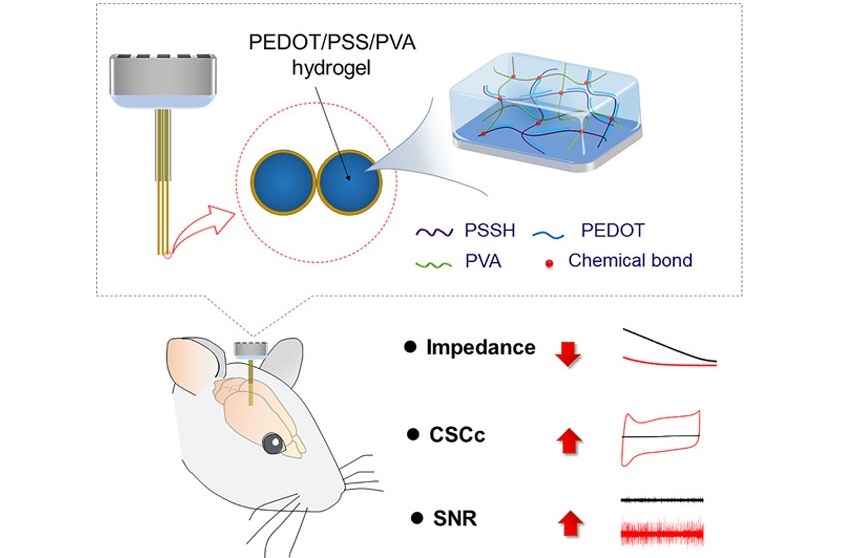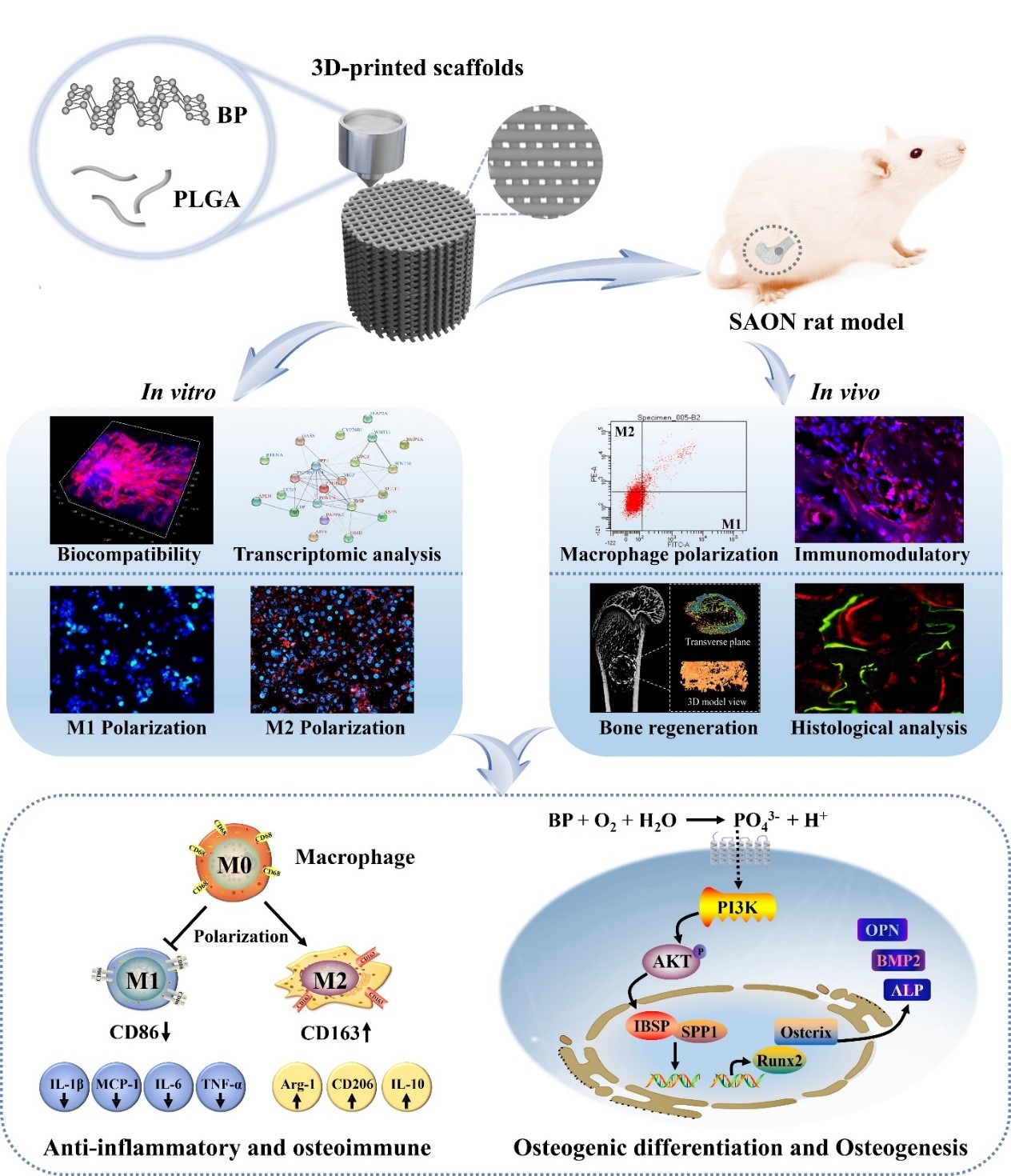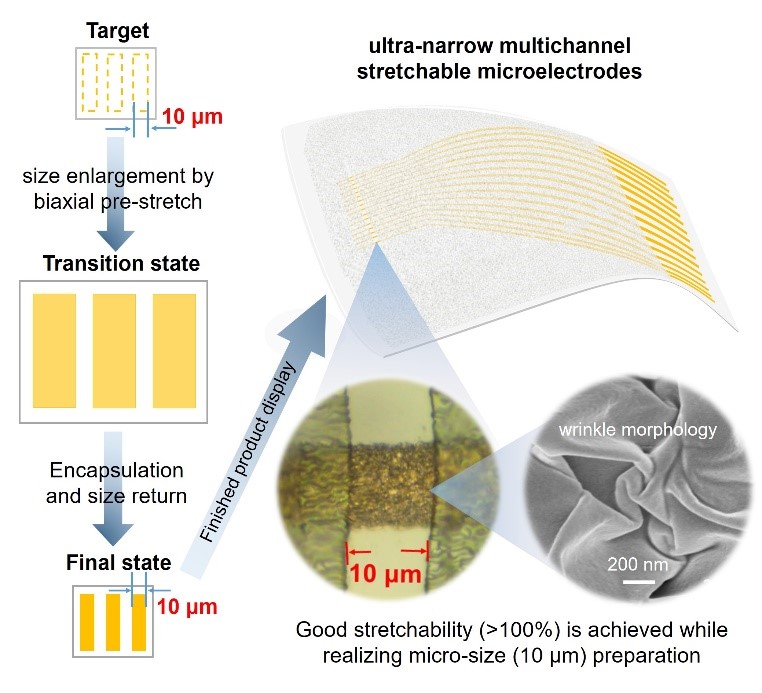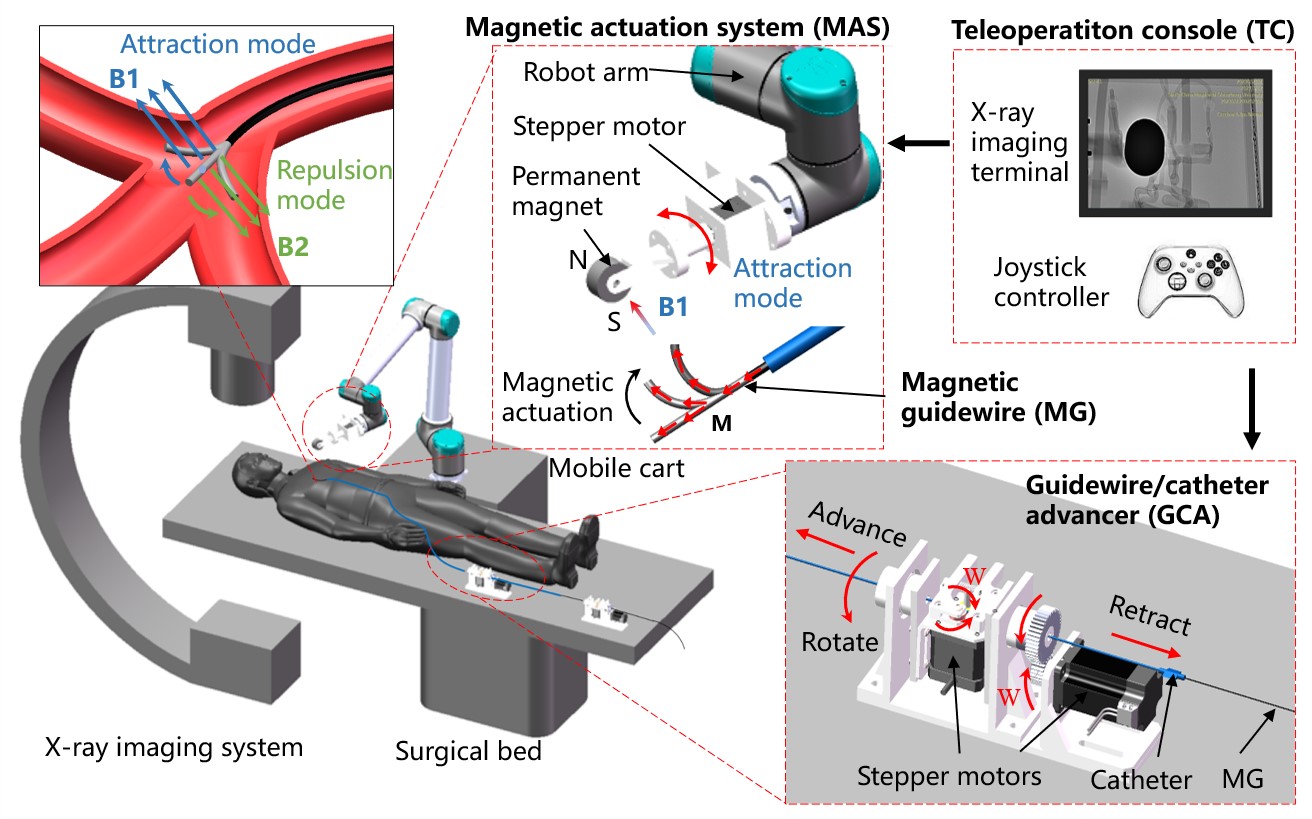
SIAT Research
-
Sep 18, 2023Quasi-bound States in the Continuum Can Have High Quality Factors that Are Robust to DisturbancesThe study was published in Advanced Optical Materials on Sep. 07. High-quality (Q-factor) metasurfaces have emerged as an exciting platform for enhancing light–matter interactions at the nanoscale and enabling a diverse range of applications, such as nanolaser, ...
-
Sep 14, 2023New Advancements in Surgical Instrument-Action-Target Triplet Recognition"In future work, we aim to enhance recognition accuracy based on the proposed model framework," said Prof. JIA. A research group led by Prof. JIA Fucang from the Shenzhen Institute of Advanced Technology (SIAT) of the Chinese Academy of Sciences proposed a multi-task fine-grained spatiotemporal model that ef...
-
Sep 13, 2023Novel Conducting Polymer-Hydrogel Interpenetrating Networks For Neural InterfacingThis innovation holds the potential to expand the applications of neural implants and provide new insights into the diagnosis and treatment of neuropsychiatric disorders in the future. A research group led by Professor LU Yi from the Shenzhen Institute of Advanced Technology (SAIT) of the Chinese Academy of Sciences (CAS) engineered a three-dimensional (3D) conductive polymer-hyd...
-
Sep 12, 2023Can Monkeys Read Emotions From Human Faces?This study demonstrates that monkeys are more sensitive to facial expressions of conspecifics than those of humans, thus arguing the suitability of using human faces as visual stimuli in monkey stu... Being able to read others’ affective states and intentions from facial expressions is crucial for social interaction. Nonhuman primates share the same ability as humans to express emotions via fac...
-
Sep 12, 2023Novel 3D-Printed Black Phosphorus Scaffolds for Bone Immunomodulation and Enhanced Bone RegenerationThe study was published in Advanced Science on Aug. 24. A research group led by Prof. LAI Yuxiao from the Shenzhen Institute of Advanced Technology, Chinese Academy of Sciences developed a biodegradable polymer lactate-glycolic acid (PLGA) combined with...
-
Sep 08, 2023A Hybrid Strategy-based Ultra-narrow Stretchable Microelectrodes with Cell-level ResolutionThis will significantly improve the monitoring and stimulation resolution of inorganic stretchable electrodes. Researchers from the Shenzhen Institute of Advanced Technology (SIAT) of the Chinese Academy of Sciences (CAS) reported a hybrid strategy-based ultra-narrow stretchable microelectrodes with cell-le...
-
Sep 08, 2023A Magnetically Controlled Guidewire Robot System for Vascular Interventional SurgeryIn the future, the researchers will continue to study the intelligent control of the magnetically controlled guidewire robotic system to help doctors perform interventional procedures more efficien... A research group led by Prof. Tiantian Xu from the Shenzhen Institute of Advanced Technology (SIAT) of the Chinese Academy of Sciences and Prof. Shiwei Du from South China Hospital of Shenzhen Univ...
-
Sep 06, 2023Unveiling the Dynamic World of Human Macrophage Specification during Prenatal DevelopmentThis remarkable advancement in immunology and developmental biology holds the promise of transformative applications and therapies, offering new hope for addressing developmental disorders and dise... Researchers led by Prof. LI Hanjie from the Shenzhen Institute of Advanced Technology (SIAT) of the Chinese Academy of Sciences have unveiled the dynamics of human macrophage specification across 1...







